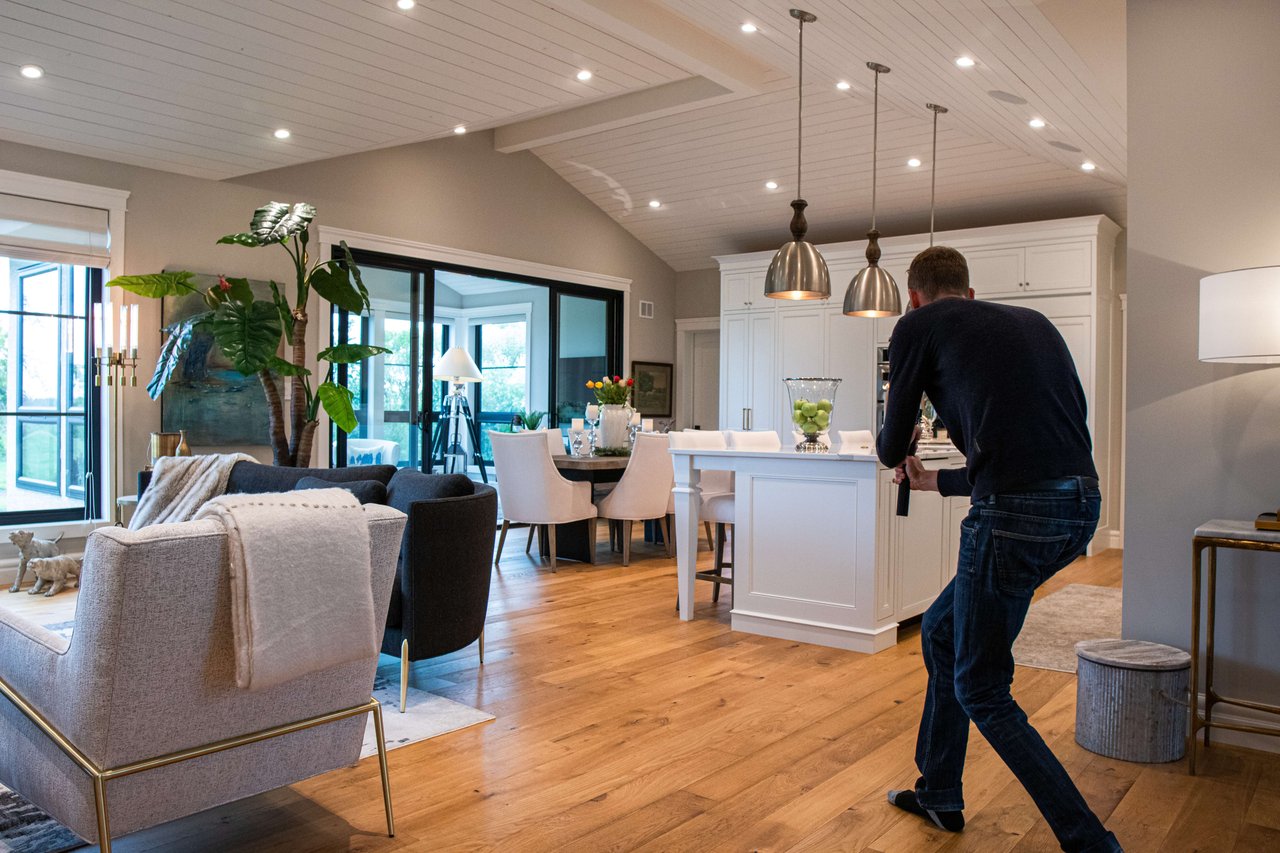How to Spot and Avoid Hidden Issues When Buying Your First Home
Buying

Buying

Buying your first home is one of life's most exhilarating milestones. It's the cornerstone of independence and an avenue to express creativity in making a space truly your own. From envisioning cozy evenings in your dream kitchen to imagining weekend barbecues in your lush backyard, the experience is often peppered with daydreams of the perfect abode. However, amid the excitement and anticipation, it's essential to stay grounded and vigilant about potential pitfalls, particularly those hidden issues that can turn your dream home into a nightmare.
Imagine this: you've found the perfect house, the one that checks all your boxes. It's within your budget, in a great neighborhood, and it even has that bay window you've always wanted. You eagerly put in an offer, envisioning your future with each passing day. But what if behind those charming fixtures and freshly painted walls lurk problems that could cost you both time and a fortune to fix? Horrors like mold, structural damage, and outdated electrical systems can quickly transform your happiness into buyer's remorse.
While not something on the top of your list to think about in the midst of house-hunting, identifying and addressing potential issues can help steer you clear of major regrets down the road.
One of the most crucial steps in the home-buying process is to arrange a professional home inspection. A certified home inspector can uncover issues that may not be visible to the untrained eye, such as hidden water damage, faulty wiring, or pest infestations. This thorough examination typically includes an assessment of the home’s structural components, roofing, plumbing, electrical systems, and more. Investing in a comprehensive home inspection can save you from unforeseen expenses and heartache in the future. Moreover, the findings can be leveraged to negotiate a better price or require the seller to make necessary repairs before closing the deal. Remember, a small investment in a home inspection today can prevent massive financial headaches down the line.
Water damage can be a hidden menace that has the potential to cause long-term and extensive problems in any home. When viewing a property, be sure to look for signs of water damage such as stains on ceilings or walls, musty odors, or warped flooring. Don’t hesitate to ask the seller for a history of any water-related issues and how they were addressed. It's also wise to inspect the plumbing system, including pipes, faucets, and drains to ensure they’re in good working condition. Flushing toilets and running taps can help expose slow drainage or weak water pressure, indicators of potential underlying issues. Identifying water damage and plumbing problems early can save you from costly repairs and preserve your new home’s integrity.
The roof is your home’s first line of defense against the elements, so its condition is paramount. When visiting a potential new home, always cast an eye upwards to inspect the roof. Look for missing, cracked, or curling shingles, which could indicate the roof is nearing the end of its lifespan. If accessible, check the attic for signs of leaks or water stains, as these can signal trouble with the roof’s underlayment. Don’t forget to inquire about the roof’s age and any maintenance or repairs previously performed. A well-maintained roof not only safeguards the home’s structural integrity but also prevents future costly repairs. Investing time in evaluating the roof can protect you from unexpected surprises and associated expenses.
An outdated or faulty electrical system can be a major safety hazard and a significant expense to repair. When touring a potential home, pay attention to the electrical panel and make sure it meets the current codes and standards. Check for exposed wiring, flickering lights, or any burning smells, which could indicate serious issues. Ask the seller about the wiring type and any electrical upgrades that have been done. Older homes may have outdated systems like knob-and-tube or aluminum wiring that can pose fire risks and may need to be replaced. Testing outlets and switches for functionality and looking for sufficient outlets in each room can also provide insights into the electrical health of the home. Assessing the condition of the electrical system is crucial to ensure your new home is safe and up to modern standards.
The foundation is the backbone of any home, and its stability is crucial for the overall structural integrity of the property. When viewing a potential new home, be on the lookout for visible cracks in the foundation, uneven floors, or doors and windows that do not shut properly, as these can be indicators of foundation issues. Walk around the exterior and interior foundation walls to inspect for any signs of moisture or mold as these could hint towards water penetration problems. Additionally, it’s important to look for any signs of sagging or bowing in the floors or walls, which may suggest structural weaknesses. Consulting a structural engineer for a more detailed evaluation can be a wise investment, offering peace of mind or revealing critical repairs that need addressing prior to purchase. Ensuring the foundation and structure are sound will help avoid future costly and extensive repair work, solidifying the safety and longevity of your new home.
Understanding the history of the home you’re considering purchasing can provide valuable insights and help you make a more informed decision. Start by asking the seller or real estate agent for any documentation on past renovations, repairs, and maintenance. This can reveal how well the property has been cared for over the years and indicate any recurring issues. Additionally, check public records for building permits and property tax records, which can offer clues about major changes to the property such as additions or upgrades. Don’t overlook the importance of speaking with neighbors, as they can provide anecdotal information about the neighborhood and any notable past events at the property. Investigating the home’s history thoroughly can uncover potential red flags and ensure there are no hidden surprises, helping you secure a safe and sound investment.
While we just gave you thorough tips on what to look for when inspecting a potential new home, there are also some positive signs that indicate the property has been well-maintained. These signs include:
Taking the journey of buying your first home can feel like stepping into an exciting adventure. It’s a blend of thrill, anticipation, and a touch of nervousness—after all, you’re not just purchasing a property, you’re investing in your future. While excitement is a natural part of the process, it’s essential to remain diligent and cautious during the home-buying journey. By keeping these tips in mind and thoroughly inspecting a potential property, you can ensure you are purchasing a home with good bones, setting yourself up for a happy and secure future in your new home. Remember to take your time, do your research, and consult professionals when necessary – it’s all worth it when you find that perfect property with solid foundations.
Looking for expert realtors in Santa Ana, CA? The professionals at Alvarez Realty Group can help! Santa Ana Realtor Pedro Alvarez, Noel Alvarez and the team are experienced in helping buyers find their dream homes and navigate the purchasing process. Whether your looking for homes for sale in Santa Ana or real estate in Floral park, CA, Alvaraez Realty Group has you covered.
Stay up to date on the latest real estate trends.

Selling

Local

Buying

Buying

Buying

Buying

Finance

Market Trends

Market Trends